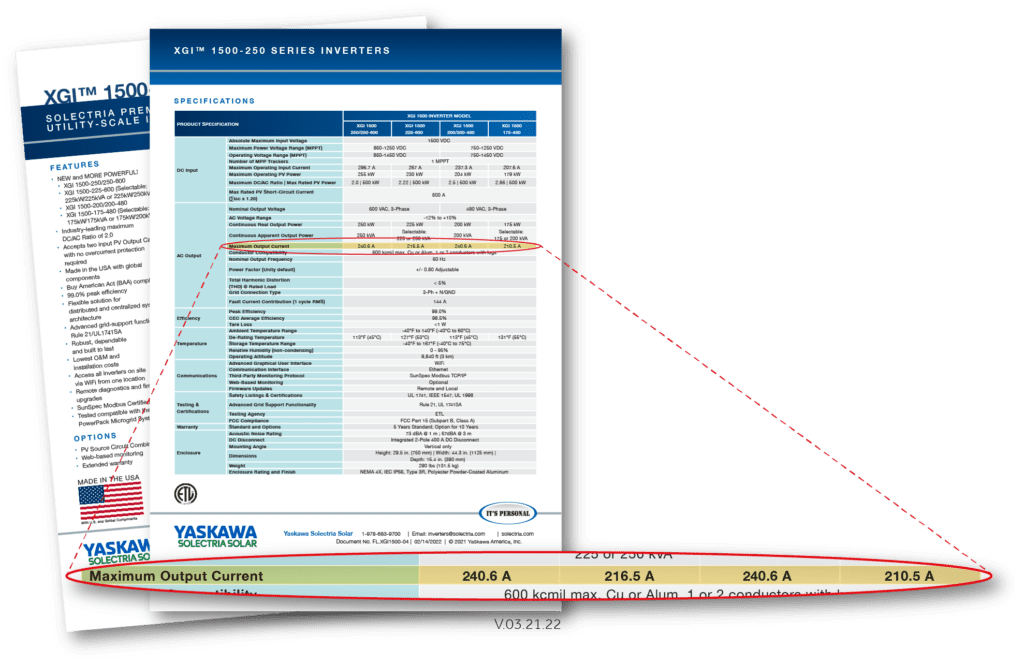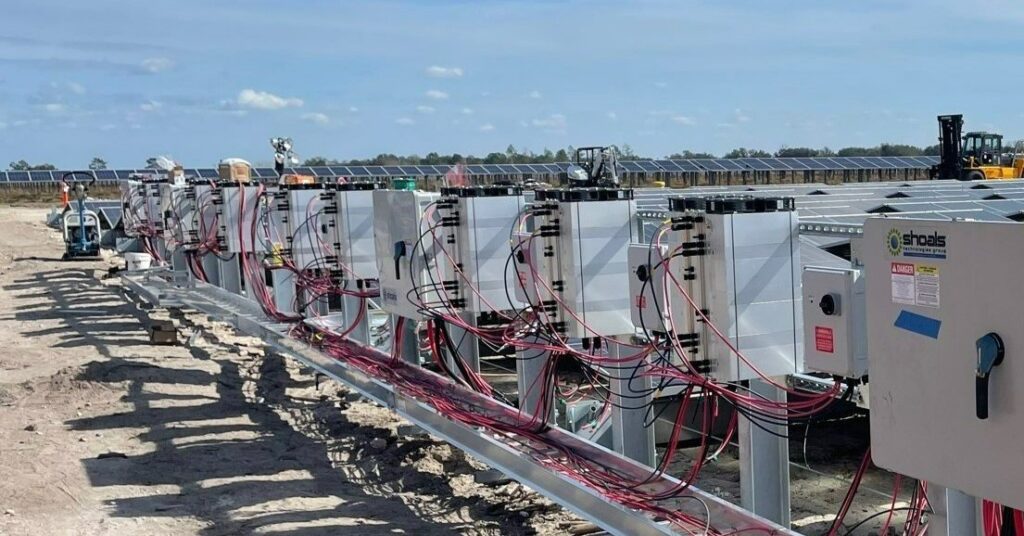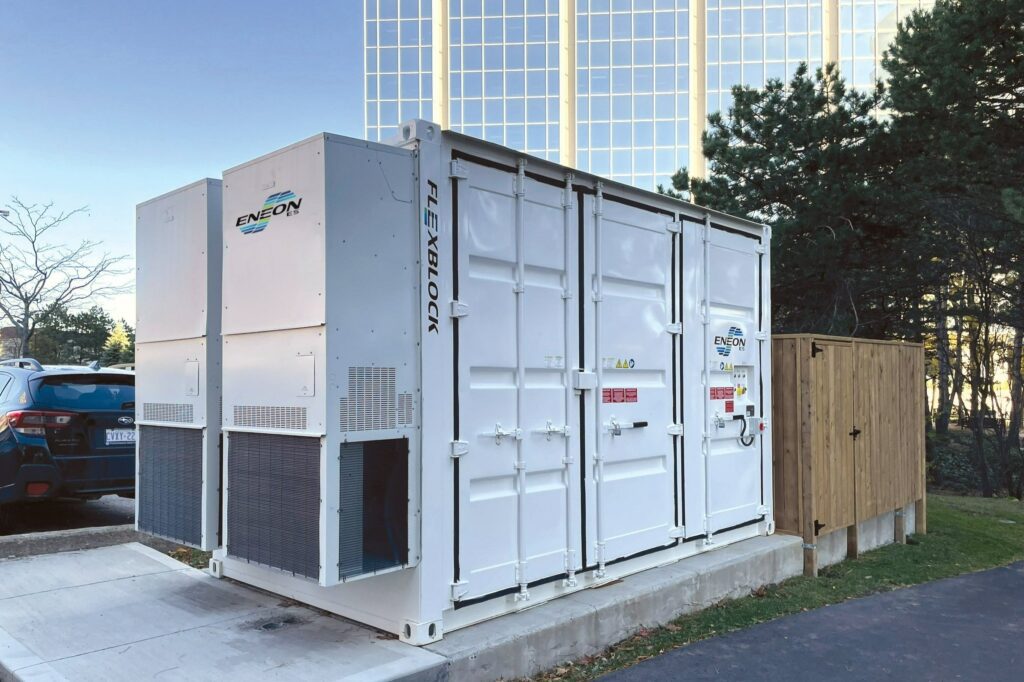Repowering PV Sites: Challenges and Opportunities
With a maturing PV industry, more inverters are nearing the end of their life and need replacement. Inverter failures usually occur on systems that are 10+ years old. At this age, the rest of the system, including the PV array, is typically still in good working order with a lifespan of 25 to 30 years. Taking advantage of the rest of the system’s components’ longer lifespan is financially advisable. Thus, many PV system owners request a repowering and reconfiguring exercise with upgraded replacement inverters. This replacement could also be a requirement of a PPA or utility contract. The repowering process is often much more complicated than one might assume. This article aims to discuss those challenges and how to address them.
Repowering these older sites also provides an opportunity to add energy storage while upgrading the system. This opportunity is most applicable if utility rates have changed since the initial installation from energy charges to demand charges or time-of-use.
The financial aspects of the repower need to be taken into consideration when first reviewing a system. One must consider the repower’s financial aspects when first reviewing a system. Unfortunately, the cost of a replacement inverter is often not factored into the original system cost. This means the cost of the inverter and the loss in production while the system is not powered are unexpected losses for the system owner. A well-thought-out design that minimizes inverter cost and installation time is, thus, critical for these projects to help make them profitable.
PV Site Repowering Challenges and Solutions
The main challenge with repowering old sites is that the inverters needing replacement may no longer be in production, meaning no off-the-shelf replacements are available. Many older sites use central inverters. However, the market has shifted to primarily using string inverters for systems that are (roughly) below 5MW in size. Typically these old sites have modules rated at 600Vdc maximum with Vmp string voltages in the 300Vdc to 450Vdc range. Most modern-day inverters operate at a dc voltage window well above that and are incompatible.
Along with voltage mismatches between PV strings and new inverters, there are also grounding mismatches between old PV inverters and new transformerless string inverters. New inverters do not require the same grounding configurations as older projects. This must be analyzed closely during the redesign process and accounted for correctly. Older inverters had isolation transformers which are no longer needed. Sometimes these were incorporated into the inverter, and others were installed on separate pad-mounted transformers. These transformers may need to be reused or replaced depending on the interconnection voltage and the output voltage of the new inverters.
Codes have also changed significantly since the initial permitting and installation. For PV systems installed on rooftops, rapid shutdown is now a requirement. Wiring methods, grounding, and bus interconnections are all examples of codes that have changed. Some of these systems were installed before NEC 705 was adopted and would not comply with the current requirements of NEC 705. Utility interconnection requirements have also changed. Some AHJs may require aspects of the system, besides the inverter, to be brought up to current codes. For example, building-mounted PV systems need to add module-level rapid shutdown. Verify these requirements early in the design process to eliminate surprises down the line.
Given all these factors, how does one identify the appropriate replacement inverter for the system?
- Note the current module max rated voltage and current string voltage.
- Determine if the current system uses central or string inverters and note the inverters’ output voltages.
- Determine if isolation transformers are incorporated.
- Identify the new inverters’ installation location.
- Determine if any existing conduits will be reused.
- Identify all other upgrades needed for the system to be repowered with current Codes and requirements. (ex. rapid shutdown)
Addressing the above questions will clarify which currently-available inverter is appropriate for repowering the system.
Voltage Compatibility
There are a few options to deal with the module voltage challenge. The first option is to closely review inverter nameplate data and select an inverter with a wide enough maximum power point (MPP) voltage window to work with the current modules and string voltage.

The replacement can be a simple process if a new string inverter is found with a low enough MPP voltage window. But some inverters will be derated when the DC input voltage is less than the AC output voltage. For a 480Vac inverter the optimal dc input voltage is around 720Vdc and with string voltages less than 600Vdc the inverter could be derated by 30 – 40%.
If the replacement inverters’ MPP window is too high for the current string voltage, the array could be re-strung to increase string voltage, up to 600Vdc in most cases. This is usually not a viable option given the time and cost involved, as well as introducing the risk of possible connector failure in the future.
The second option is to leave the string voltage and wiring alone and boost the voltage using a dc-dc converter. These converters boost the dc voltage of the string to a voltage that maximizes the inverter’s efficiency. Some PV manufacturers make module-level optimizers (converters), and there are also string-level converters that can work with most string inverters.

Once the dc voltage issue is resolved, your attention should move to the ac voltage. The ac side is typically much more straightforward than the dc voltage, as a transformer can be installed matching the inverter output voltage to the interconnection voltage. Also, be aware of some central inverters’ non-standard voltage output. If the inverter location is moving, voltage drop must also be considered. When switching from a central inverter to a string inverter, it may make financial sense to mount the inverters on the racking system for ground mounts and carports. This would be an analysis of dc versus ac wire runs, inverter communication wiring, physical space for the new inverters, and future inverter maintenance and accessibility.
Energy Storage Value-Add Opportunity
When doing a repowering project, it is an excellent time to determine if adding energy storage to the system makes financial sense. With battery costs dropping and utility demand charges increasing, it is an excellent time to add these components to a system. Since, for a repowering project, the interconnection is already completed, a redesign is already in progress, and installers already need to revisit the site for the inverter replacement, it could be a wise financial investment to incorporate a battery system.
Another advantage of adding storage to a repowering project is the potential tax benefits. The cost of the storage system may also be eligible for the ITC under new Inflation Reduction Act incentives. Accelerated depreciation and California state SGIP incentives can also be claimed to bring down the overall cost of the storage system and upgrades. The ITC, accelerated depreciation, and additional demand charges can make the financial case for adding storage compelling. Software programs like Homer, SAM, and Xendee can be used to complete the economic analysis.

There are two ways to design a solar-plus-storage system: ac-coupled and dc-coupled. An ac-coupled system has two inverters, one for the PV and one for the batteries. They are then coupled together on the ac side. A dc-coupled system has one inverter, and the PV and batteries connect on a common dc bus. The dc-coupled design is the better solution when doing a repower project. This opens up additional inverter options and would not alter the ac capacity of the existing system and interconnection.
The dc-coupled system would use a hybrid central inverter that combines PV and storage. This type of inverter would not only save cost on reworking the dc and ac wiring but would also bring the advantage of adding energy storage which would allow self-consuming excess solar production as well as energy arbitrage opportunities.
Conclusion
As PV systems continue to age, the need for updated power electronics continues to grow. The inverters used 10-15 years ago are predictably reaching the end of their useful life and need replacing. Due to the evolving nature of the PV industry, replacing these first-generation inverters with a like-for-like inverter simply isn’t an option. The challenges often encountered when reconfiguring older PV systems with compatible replacement products are solvable with the above taken into account. Integrating energy storage and other new technologies introduces many system-wide benefits that can make these projects a net positive exercise for all involved. Ultimately, finding the right solution can involve significant time and effort to ensure the repowered project will function for another 15-20 years with both output and economic gains.
Contact our team to inquire about Mayfield Renewables services—including system design, specialized consulting and educational programs. Contact us to start a project or learn more.










